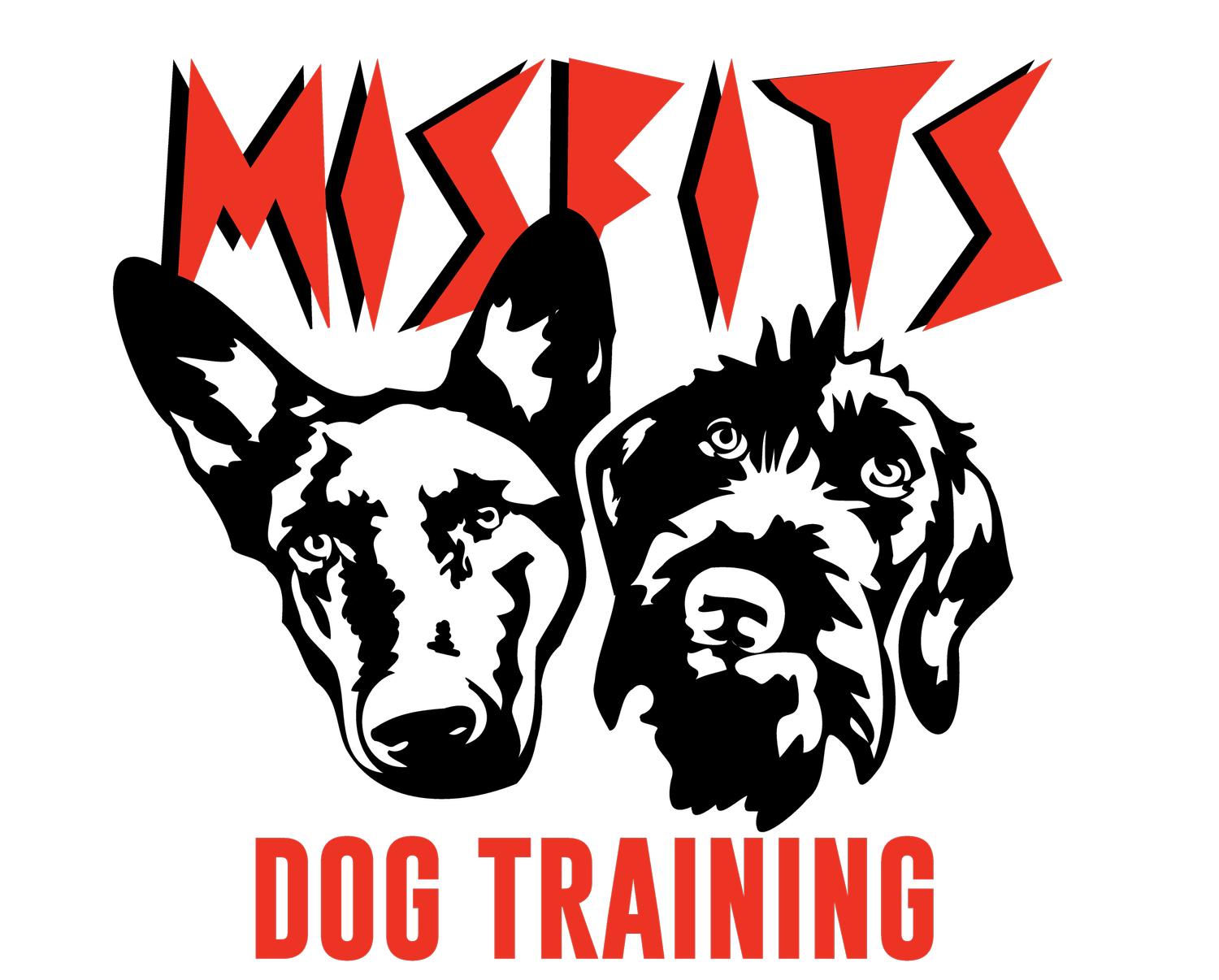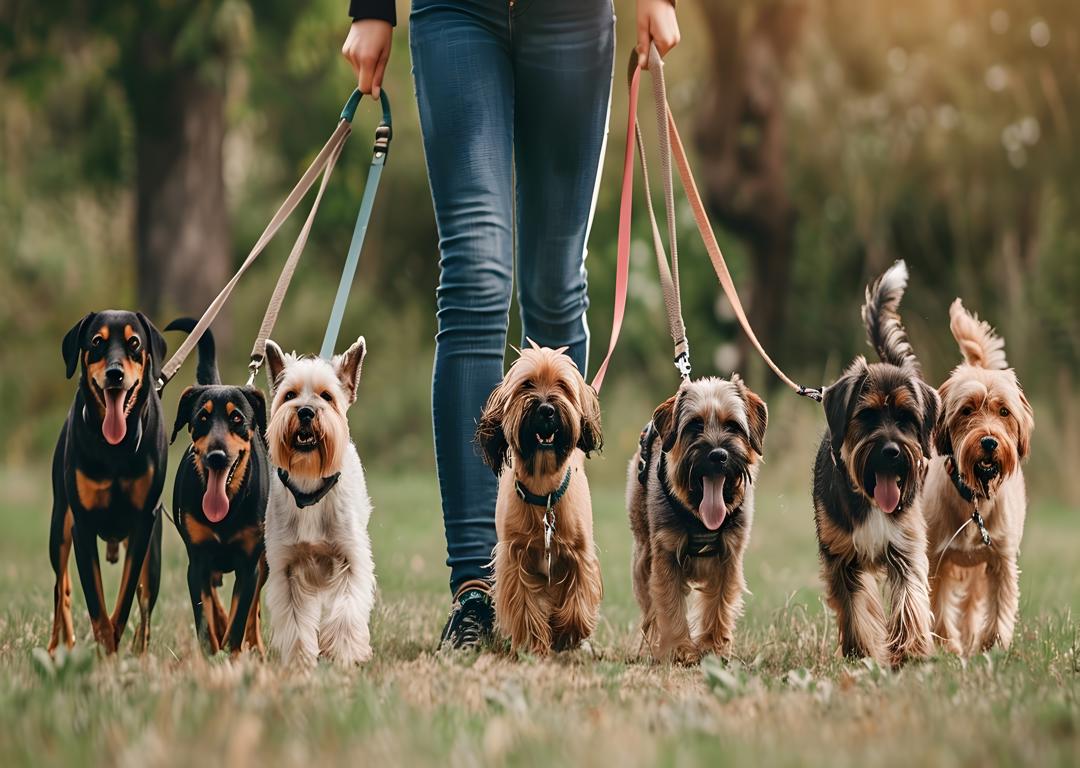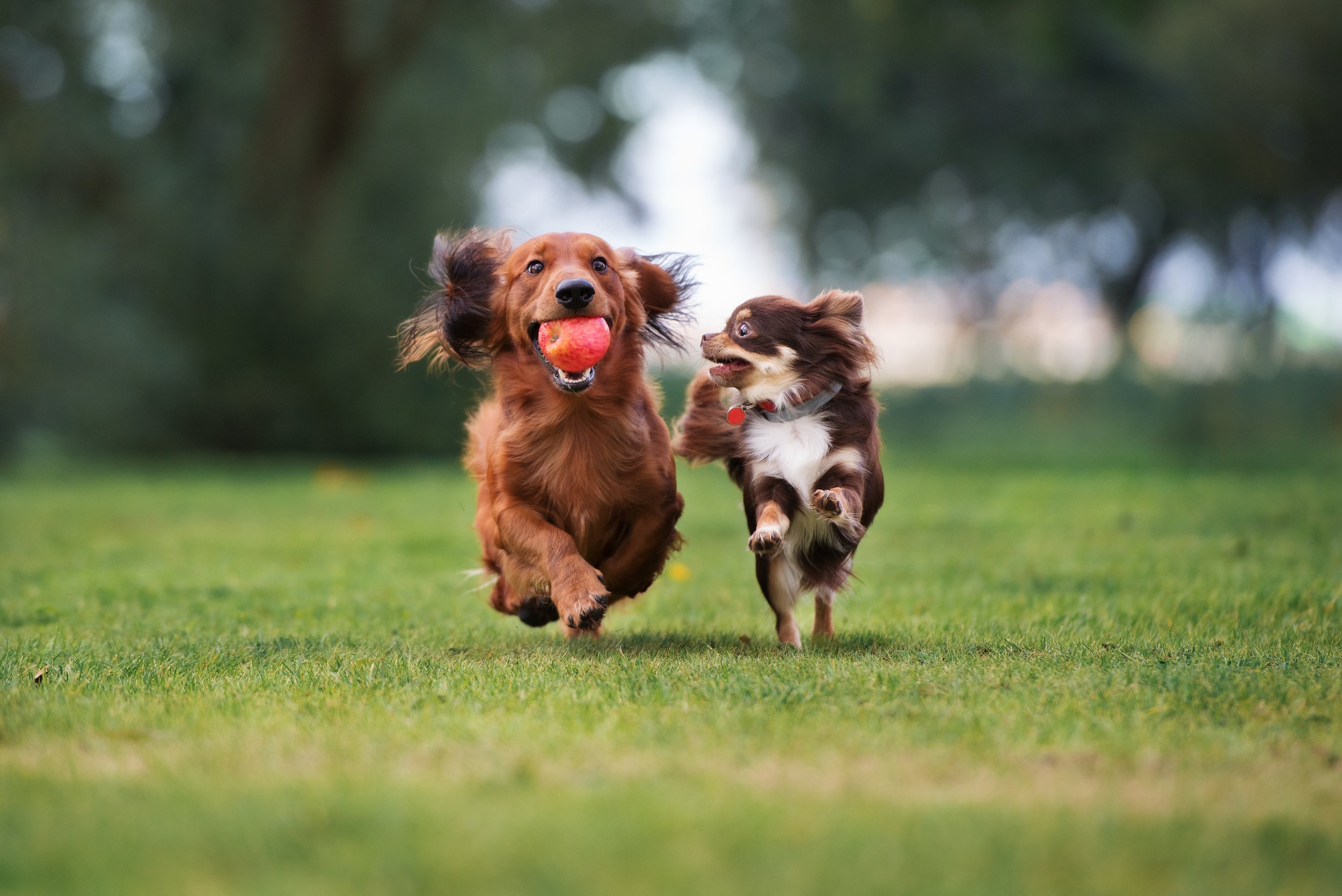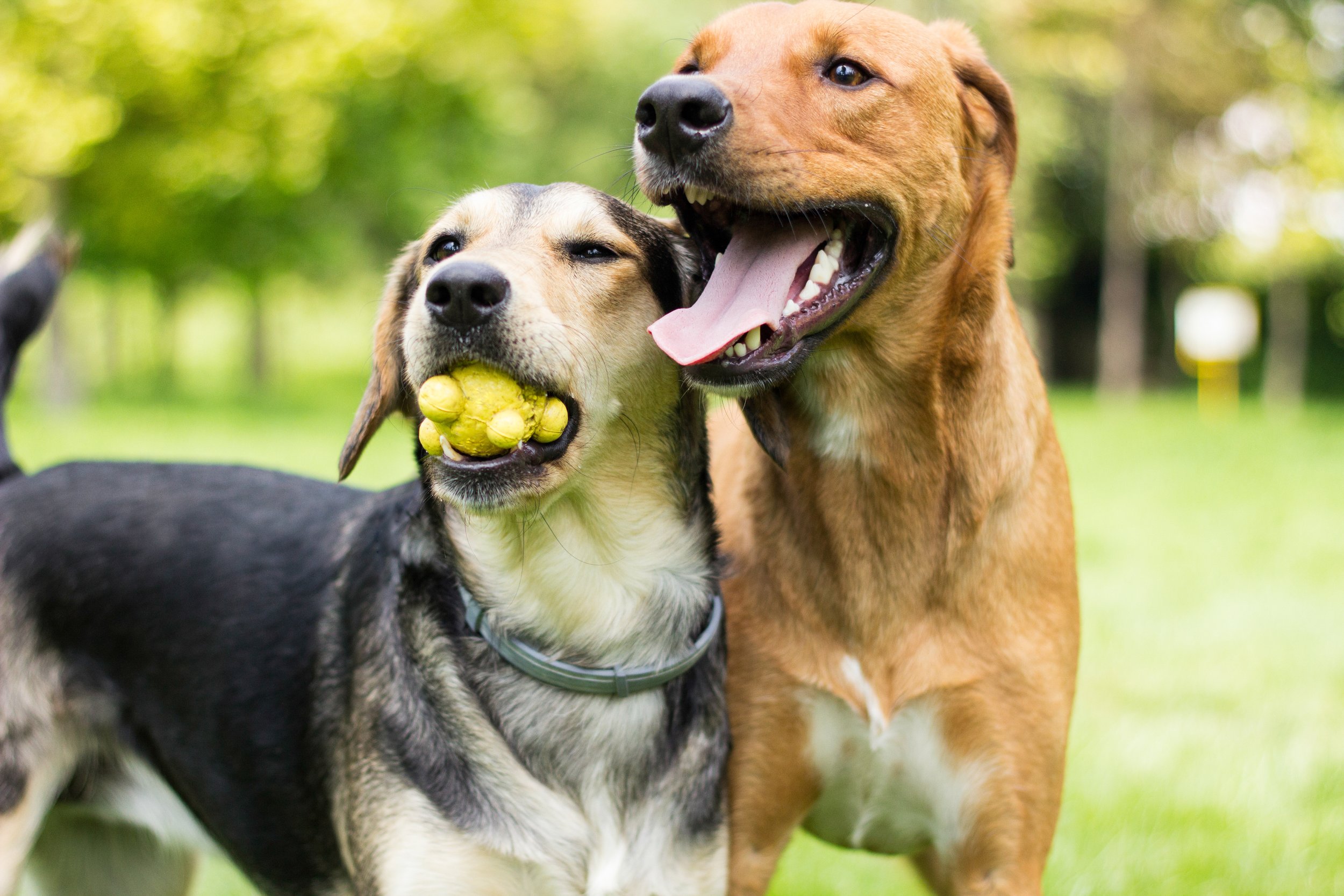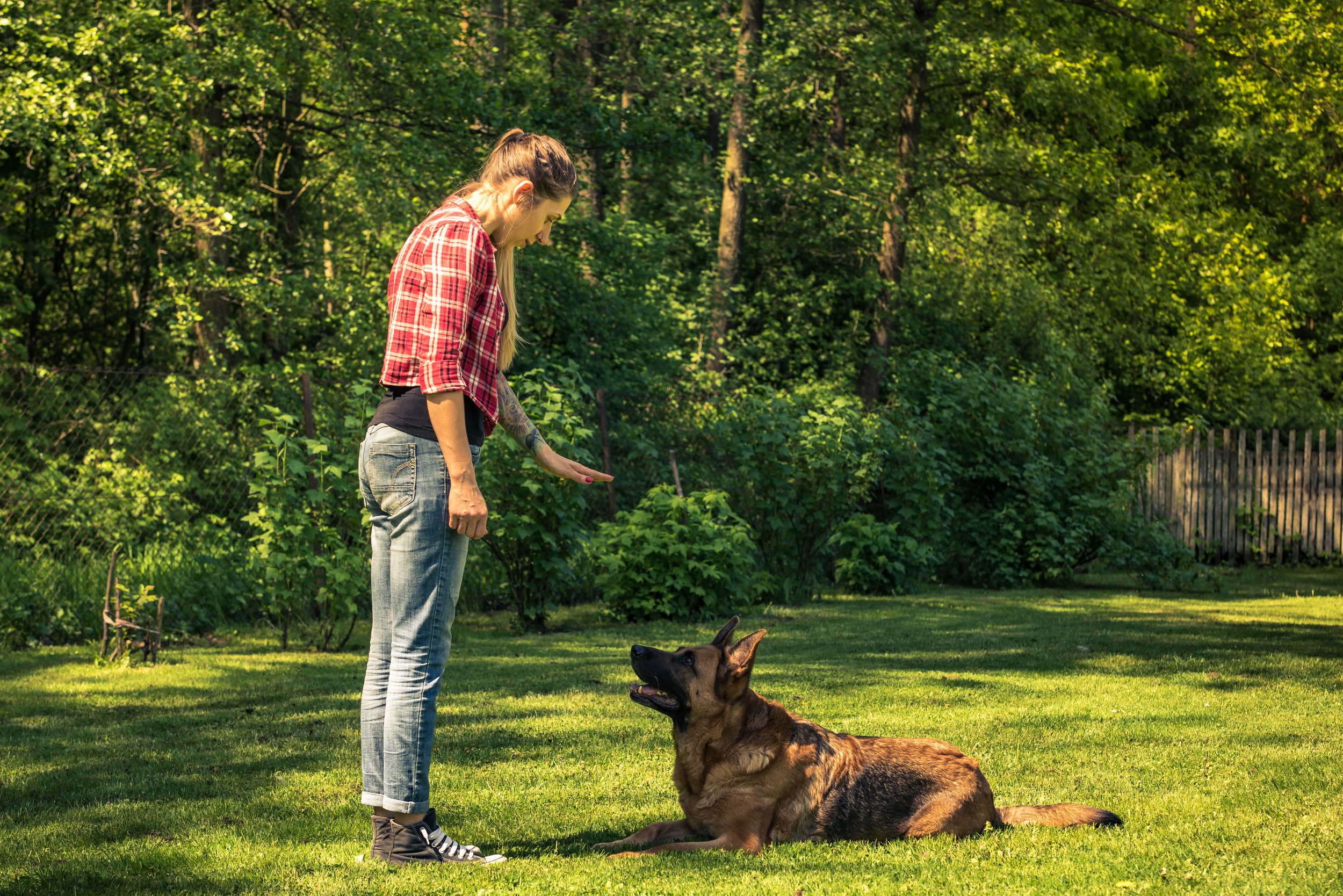Living in a multi-dog household can be rewarding, lively, and full of companionship—but without structure, it can also feel chaotic. Barking battles, competition over food or space, and disobedience in the presence of other dogs are common challenges for pet parents managing more than one canine companion. Training one dog is a commitment—training several at once requires a strategic, experienced approach to maintain harmony and control.
At Misfits Dog Training, we work with families in Castle Rock, CO, Williamsburg, VA, and surrounding areas to bring calm and consistency to multi-dog homes. Whether you’re introducing a new dog into the pack or trying to curb long-standing tension among your pets, the key is leadership, clarity, and customized training plans that acknowledge the individual needs of each dog while building unified expectations across the group.
Why Group Dynamics Matter in Multi-Dog Homes
Dogs are social animals, but that doesn’t mean they naturally form a balanced, respectful pack. Each dog has its own personality, thresholds, and behavior patterns. Without clear leadership, dogs begin to negotiate roles on their own—often through barking, body-blocking, growling, or resource guarding. This confusion over who’s in charge can lead to tension, stress, and even fights.
Owners must take on the role of a calm, assertive leader to establish order. Dogs shouldn’t have to guess what’s allowed, who gets fed first, or where they’re allowed to rest. Clear expectations reduce friction and help dogs feel secure in their place within the household.
Balanced pack dynamics are built, not assumed, and training is the fastest way to establish those dynamics effectively and respectfully.
Training Starts Individually—Then Comes Together
One of the most common mistakes we see is trying to train multiple dogs at once, right from the start. This almost always leads to confusion and frustration, as dogs compete for attention, misread cues, or distract one another.
At Misfits Dog Training, we always begin with individual training sessions for each dog. This ensures that every dog:
- Understands basic obedience commands without distraction
- Learns how to focus on the handler without relying on other dogs for cues
- Builds trust and clarity in the human-dog relationship
Only once these foundations are strong do we begin structured group training, layering in controlled distractions to teach calm coexistence, shared obedience, and impulse control in real-world scenarios.
Group training includes:
- Practicing simultaneous “sit,” “stay,” or “place” commands
- Respecting thresholds (doors, feeding stations, greeting guests)
- Controlled leash walking with multiple dogs
- Teaching polite behavior around high-value resources like toys and food
This layered approach avoids overstimulation and builds long-term reliability.
Managing Resources to Prevent Conflict
In multi-dog homes, resource guarding is a frequent source of tension. Dogs may compete over food, water bowls, toys, sleeping spots, or even access to you. While some guarding is rooted in insecurity, it can escalate if not addressed early.
We help owners manage and prevent resource guarding by:
- Feeding dogs in separate, controlled spaces
- Removing free-access toys if they trigger conflict
- Teaching structured “wait” and “leave it” cues around shared resources
- Encouraging crate time or defined rest areas to reduce tension
- Supervising high-arousal moments like post-walk reentries or guest greetings
Our in-home training focuses on resolving guarding not just by correcting behavior, but by reshaping how dogs perceive access to resources through trust, leadership, and structure.
Maintaining Leadership Without Harshness
Leadership doesn’t mean domination—it means clarity. Dogs look to humans for guidance, and if that guidance is inconsistent or reactive, they’ll begin filling in the gaps themselves. For multi-dog households, the tone is set by how calm and assertive the handler remains across all situations.
This means:
- Enforcing rules consistently across all dogs
- Giving clear commands—without yelling or repeated cues
- Following through on expectations, even when the group is excited
- Rewarding calm, obedient behavior immediately and frequently
If one dog is corrected while another is ignored for the same behavior, it creates confusion. Fairness, consistency, and follow-through are the pillars of a well-led pack.
Our trainers work with families to define these standards and help everyone in the home—human and dog—understand how to reinforce them day to day.
When to Bring in Professional Help
If you’re experiencing persistent issues like:
- Fights or tension between dogs
- Aggression over toys, food, or space
- Inability to manage all the dogs on a walk
- Lack of focus or obedience in the presence of other dogs
It may be time to involve a professional who can assess your household dynamics and provide targeted solutions.
In-home training is especially valuable because it allows us to observe the dogs in their real environment, address specific challenges, and create a customized strategy for success. We teach you how to manage and lead your pack effectively—without chaos, yelling, or guesswork.
Peaceful Packs Start With Clear Leadership
Life with multiple dogs doesn’t have to mean daily stress or constant intervention. With the right training and structure, your dogs can live together respectfully, respond to commands even in groups, and contribute to a calm, enjoyable home.
Misfits Dog Training brings experienced, hands-on guidance to multi-dog households across Castle Rock, CO, Williamsburg, VA, and nearby areas, helping owners build reliable obedience, reduce conflict, and create lasting harmony between their pets.
If you’re ready to stop managing mayhem and start building balance, we’re ready to help. Let’s bring calm, control, and confidence back into your home—one trained dog at a time.
